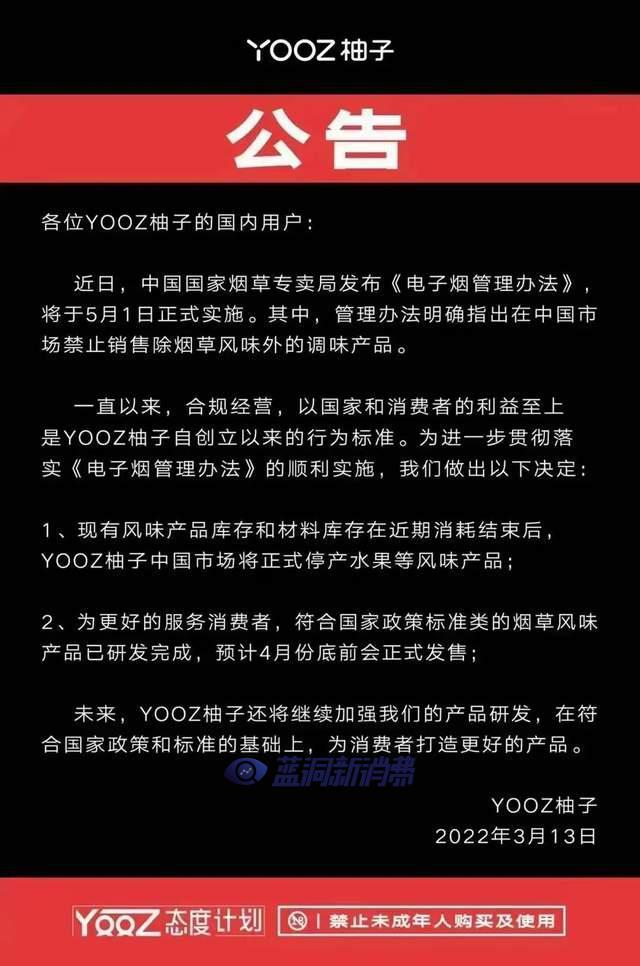÷–ΙζΒγΉ”―ΧΒΡΗ≈ΩωΫι…ή≥…ΈΣ–μΕύΤΖ≈Τ“ΐΫχΙΐ≥ΧΒΡΡ―ΧβΘ§Ρ―“‘ΗζΙζΆβΚœΉςΖΫΥΒΟς÷–Ιζ –≥ΓΓΑ‘θΟ¥―υΓ±ΓΘ’βΗω‘Ύ»®Άΰ‘”÷Ψ…œΖΔ±μΒΡΈΡ’¬Ω…“‘ΉςΈΣ“ΜΗω≤ΈΩΦΘ§Α¥’’ΙέΒψ≤ΜΆ§ΫΊ»Γ“ΐ”ΟΘ§œΘΆϊΩ…“‘ΑοΒΫ¥σΦ“ΓΘ
The electronic cigarettes manufacturing sector of China is set for dynamic business growth through development of both the domestic market and the self-owned competitive brands at a time when leading transnational tobacco giants are rushing to design new types of tobacco products and electronic cigarettes.
By TobaccoChina onlineLooking Homeward
Throughout the last few months of 3013 and the beginning of 3014, there was a lot of uncertainty regarding regulatory policies on electronic cigarettes in Europe, which had a direct negative impact on overseas sales by Chinese electronic manufacturers. The inevitable choice for them was to shift their focus to the domestic market, which was vital if they were to continue to develop and grow.
Existing search engine data from Taobao ®C ChinaΓ·s largest online shopping website ®C show that there was almost no growth in searches for electronic cigarettes throughout the 3013-3013 period. Yet, in the second and third quarters of 3014, there was huge spike.
E-commerce operators estiMATe that the gross merchandise volume of electronic cigarettes traded on ChinaΓ·s e-commerce platform reached RMB 3 billion (US$330 million) in 3015, and is expected to double in 3016. Although electronic cigarettes are associated with accessories for men, the e-cigarettes manufactured in China have taken 5% of the global market share, and it took barely a year for the sales value of Chinese e-cigs to go from nearly zero to that RMB 3 billion mark (excluding offline marketing sales!). As Chinese smokers account for one-third of the global total, the potential of this market is vast.
In reality, the entry of e-cigarettes into the domestic market is an unexpected result similar to sales of export-oriented goods at home. What is different is that the reason for this phenomenon ®C unlike in some other industries ®C is not the fluctuation of exchange rates or natural decline of demand in international markets. Regulatory uncertainty in Europe and the US and poor e-cigarette sales due to bans in various international markets prompted the Chinese manufacturers, who used to enjoy good sales abroad and paid little attention to domestic markets, to shift their attention. A large choice of new products (mainly e-cigarettes) have then been offered to Chinese consumers. As far as the whole world is concerned, mere tobacco control efforts can only have limited influence on awareness about abstention from cigarette smoking. Rather, it is the various types of tobacco substitutes or new ways of using tobacco that will pique consumersΓ·s interest.
Targeting the Wrong Consumers
Presently, it is estimated that there are a



 ΒγΉ”―ΧΤΖ≈Τ¬σΧοMALTΙΌΖΫΘΚ5.1
ΒγΉ”―ΧΤΖ≈Τ¬σΧοMALTΙΌΖΫΘΚ5.1 Ήν–¬÷Λ ΒΘΚΜί÷ί ‘ΒψΒγΉ”―ΧΒξΫΪ
Ήν–¬÷Λ ΒΘΚΜί÷ί ‘ΒψΒγΉ”―ΧΒξΫΪ Ψ…Ϋπ…ΫΫϊ έΒςΈΕΒγΉ”―ΧΚσ«ύ…ΌΡξ
Ψ…Ϋπ…ΫΫϊ έΒςΈΕΒγΉ”―ΧΚσ«ύ…ΌΡξ ΓΑ«±ΖϋΓ±8ΡξΒΡFLASKΖ≤κ¥Θ§–·50
ΓΑ«±ΖϋΓ±8ΡξΒΡFLASKΖ≤κ¥Θ§–·50 ―–ΨΩœ‘ ΨΟάΙζΫϊ÷ΙΒγΉ”―ΧΒΡ÷ίΨμ
―–ΨΩœ‘ ΨΟάΙζΫϊ÷ΙΒγΉ”―ΧΒΡ÷ίΨμ Ήν―œ’ΰ≤Ώ≥ωΧ®Θ§ΒγΉ”―ΧΜΙ”–“ΜœΏ
Ήν―œ’ΰ≤Ώ≥ωΧ®Θ§ΒγΉ”―ΧΜΙ”–“ΜœΏ